A Fun and Friendly Guide to Music Theory Symbols
Learning to read music symbols is a big step toward understanding and playing piano music. In this guide, we’ll walk you through the most important music symbols in a simple and enjoyable way. From basic notes and rests to expressive markings like dynamics and articulation, you’ll get to know the signs that make music come alive!
- Clefs
- Pitch Symbols
- Rhythm and Rests
- Dynamics and Articulation
- Form Symbols
CLEFS
Bass Clef
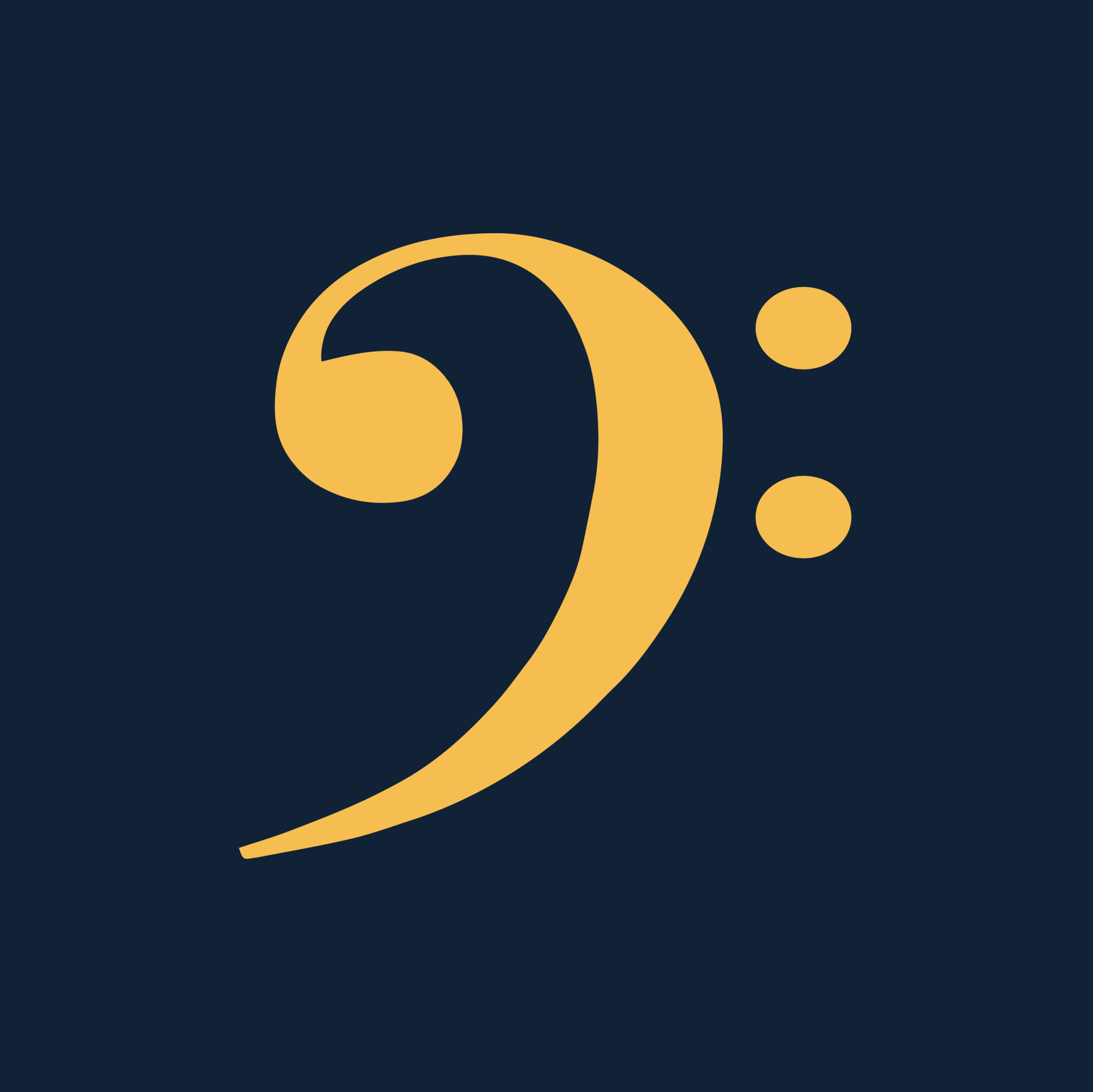
Treble Clef
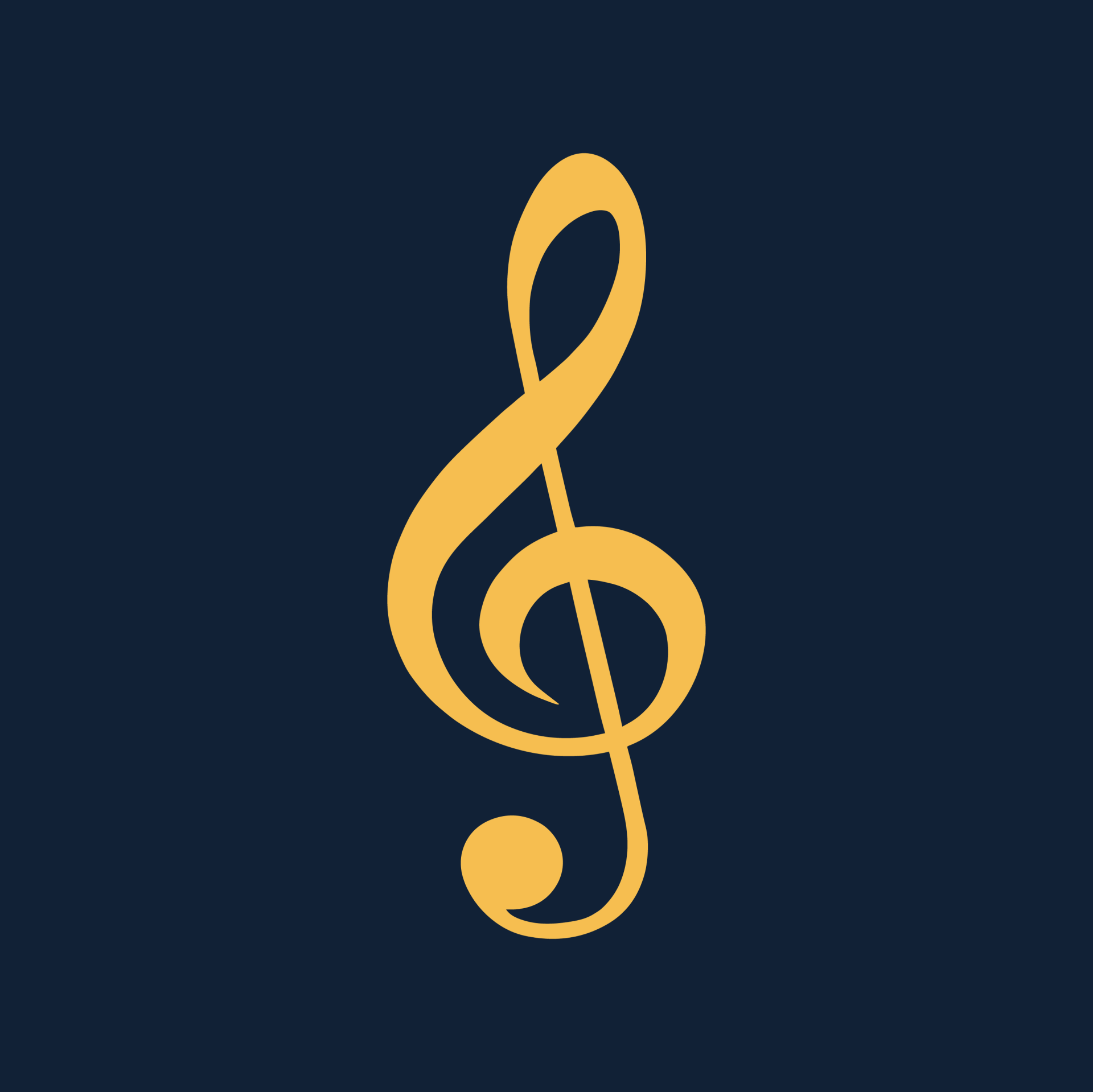
Pitch Symbols
8va
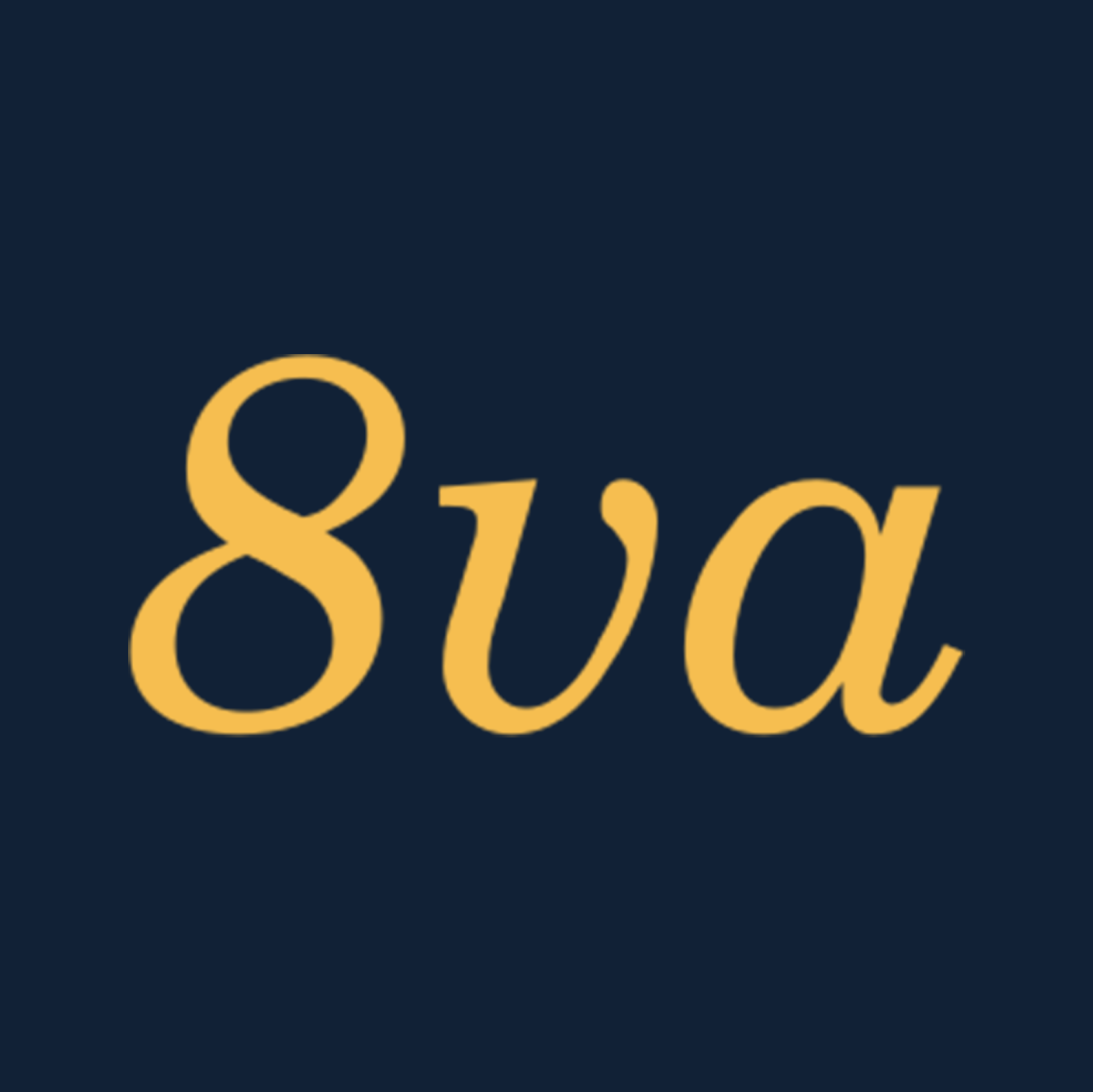
Flat (♭)

Double Flat (𝄫)

Natural (♮)

Sharp (♯)

Double Sharp (𝄪)

Rhythm and Rests
Common Time (4/4)

Cut Time (2/2)

Eighth Rest
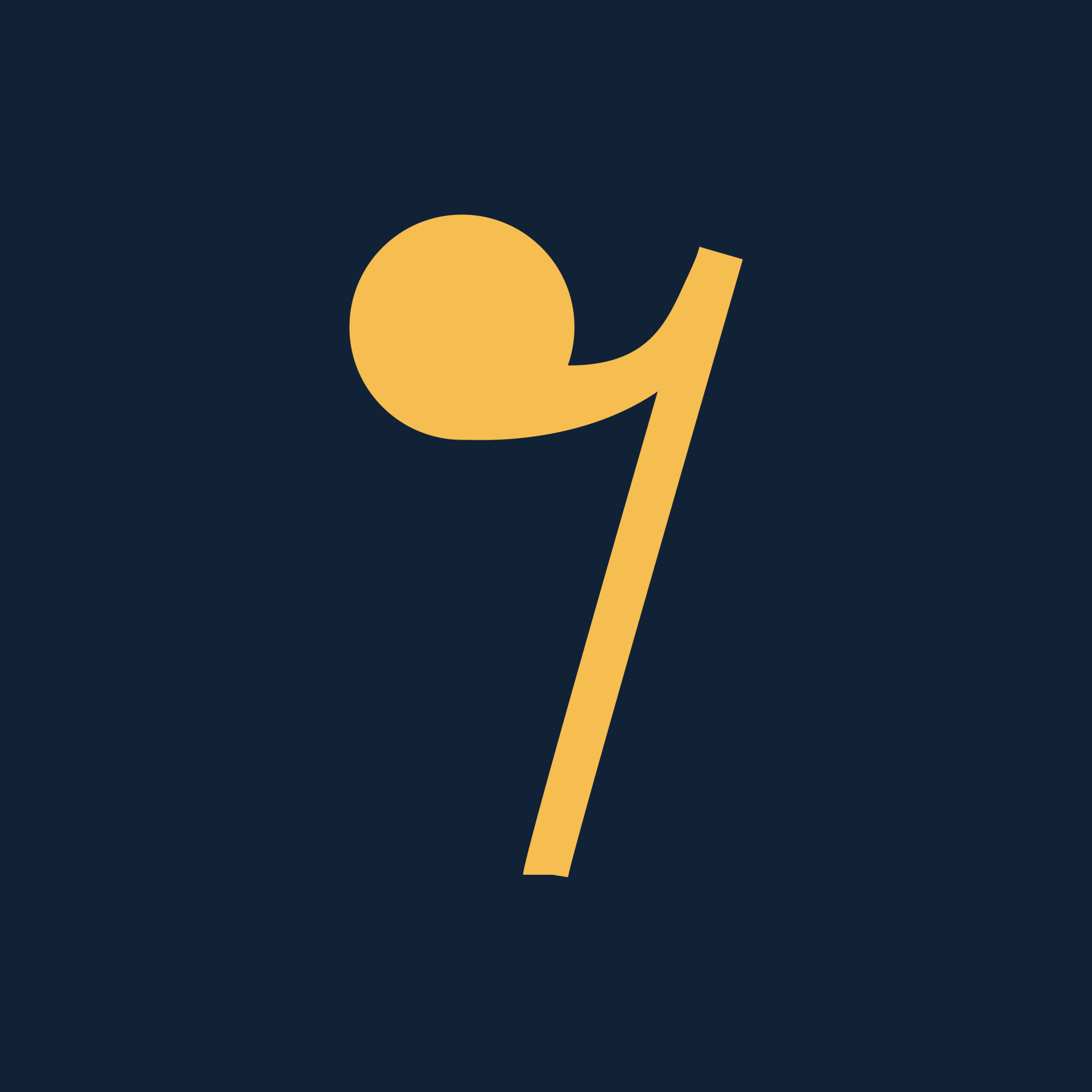
Quarter Rest


Whole Rest

Sixteenth Rest
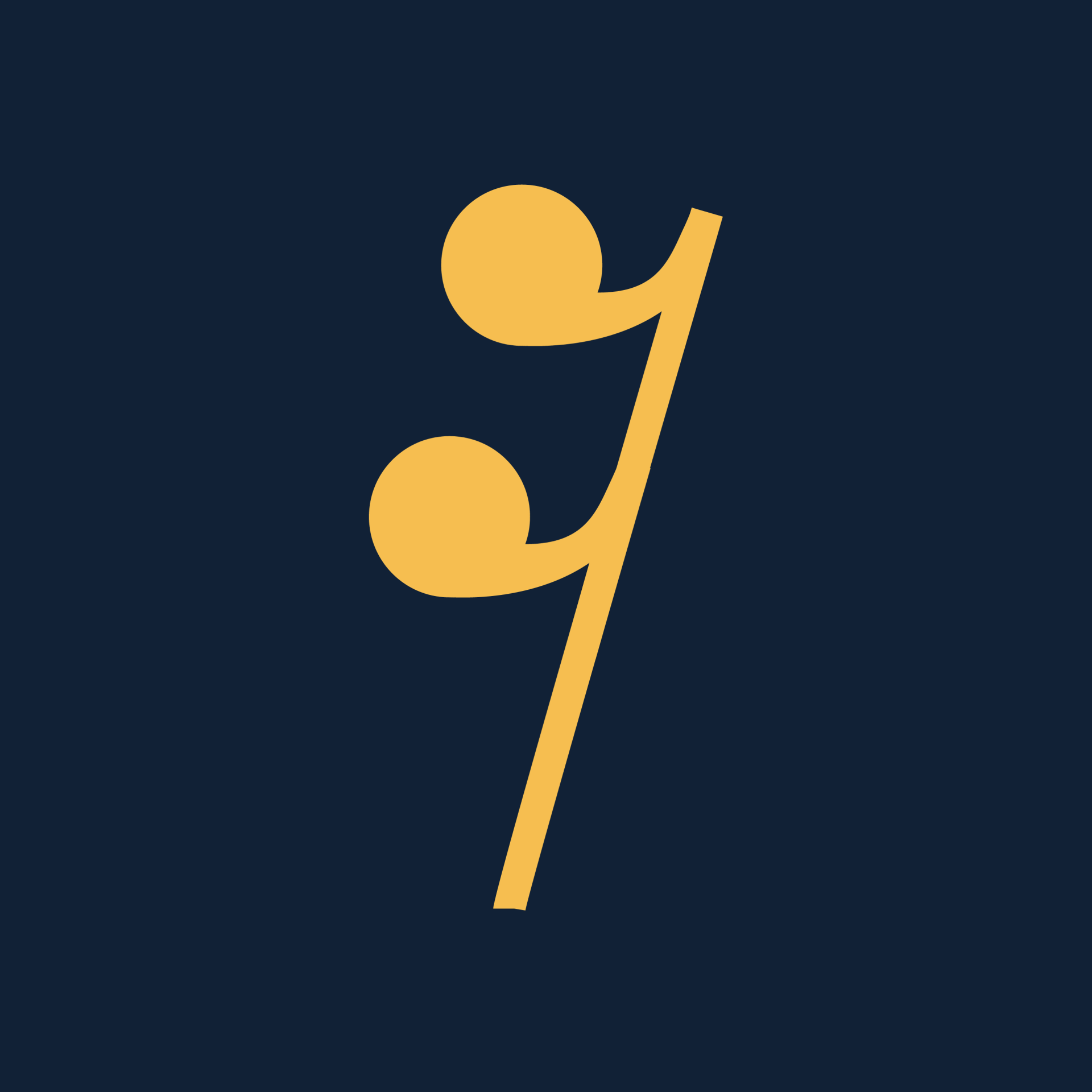
Thirty-Second Rest
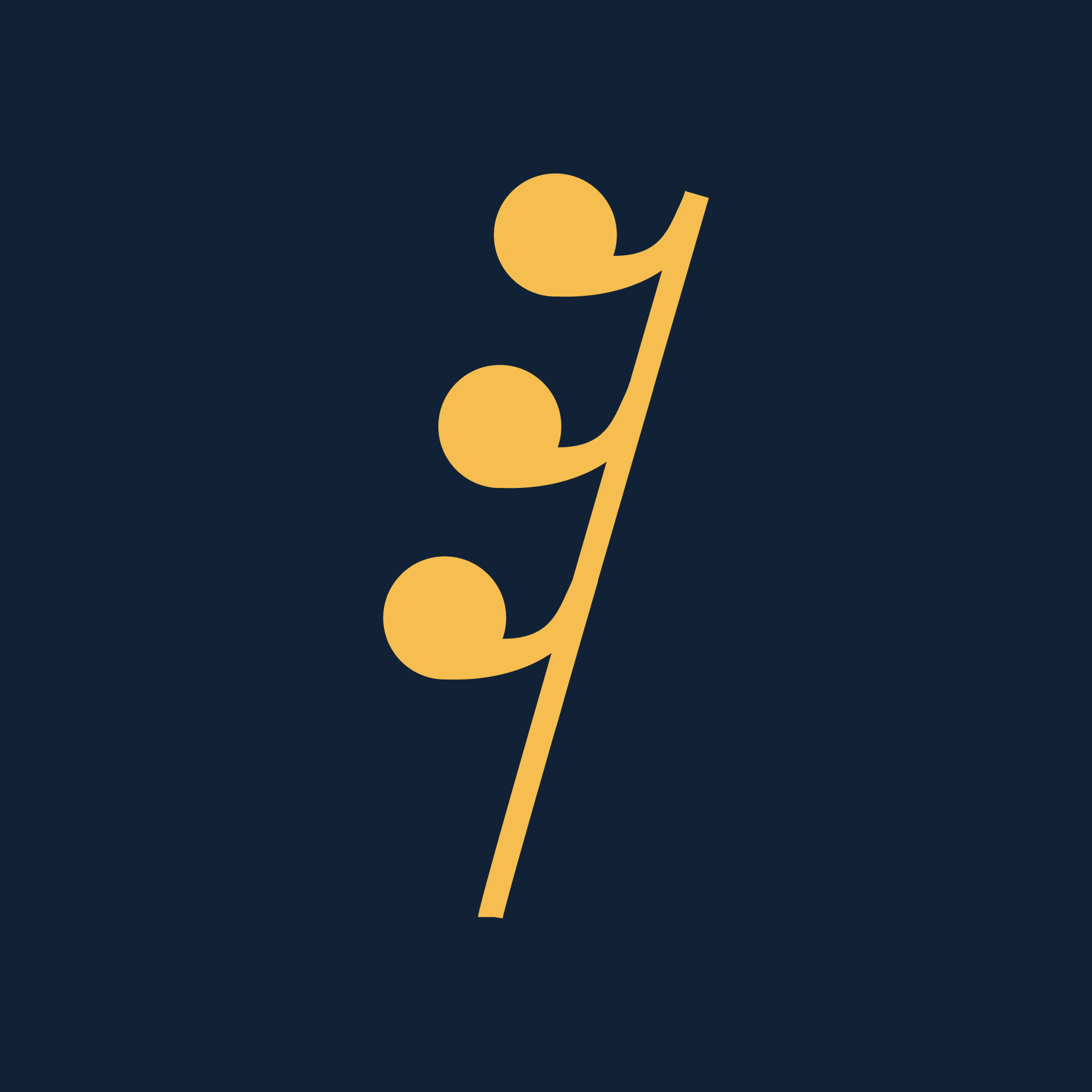
Tie
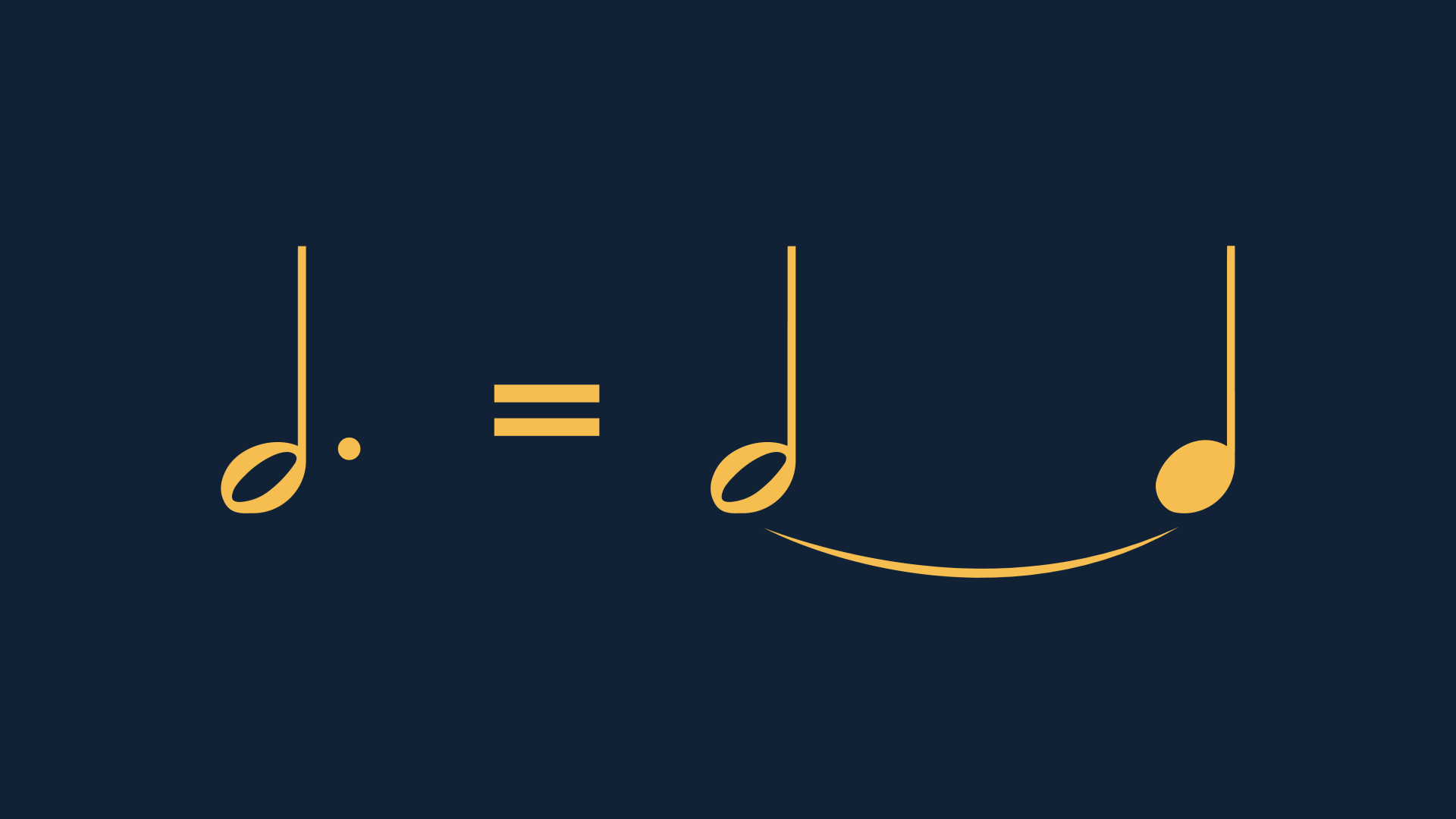
Dynamics and Articulation
Accent

Crescendo (cresc.)

Decrescendo (decresc.)

Fermata

Glissando

Grace Note
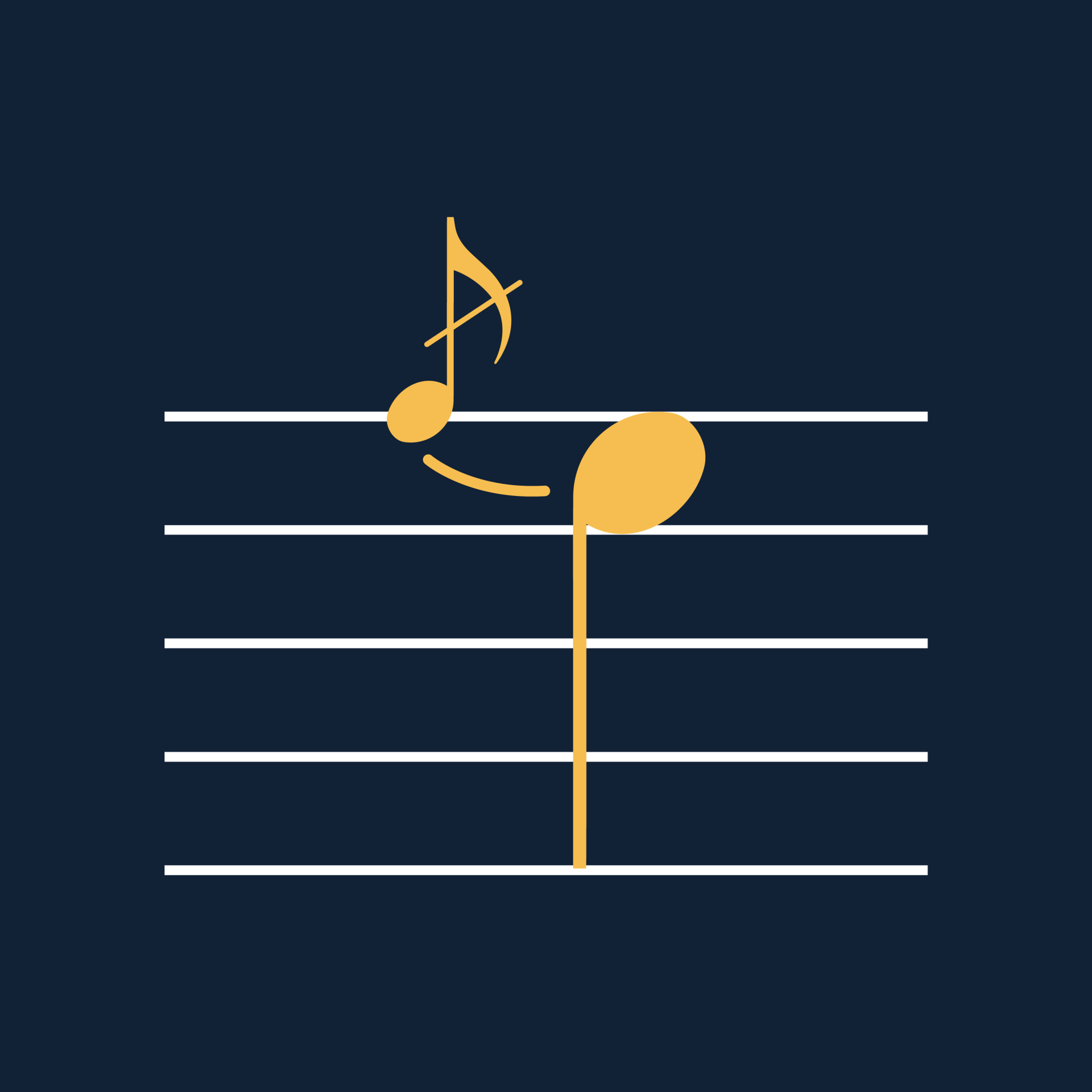
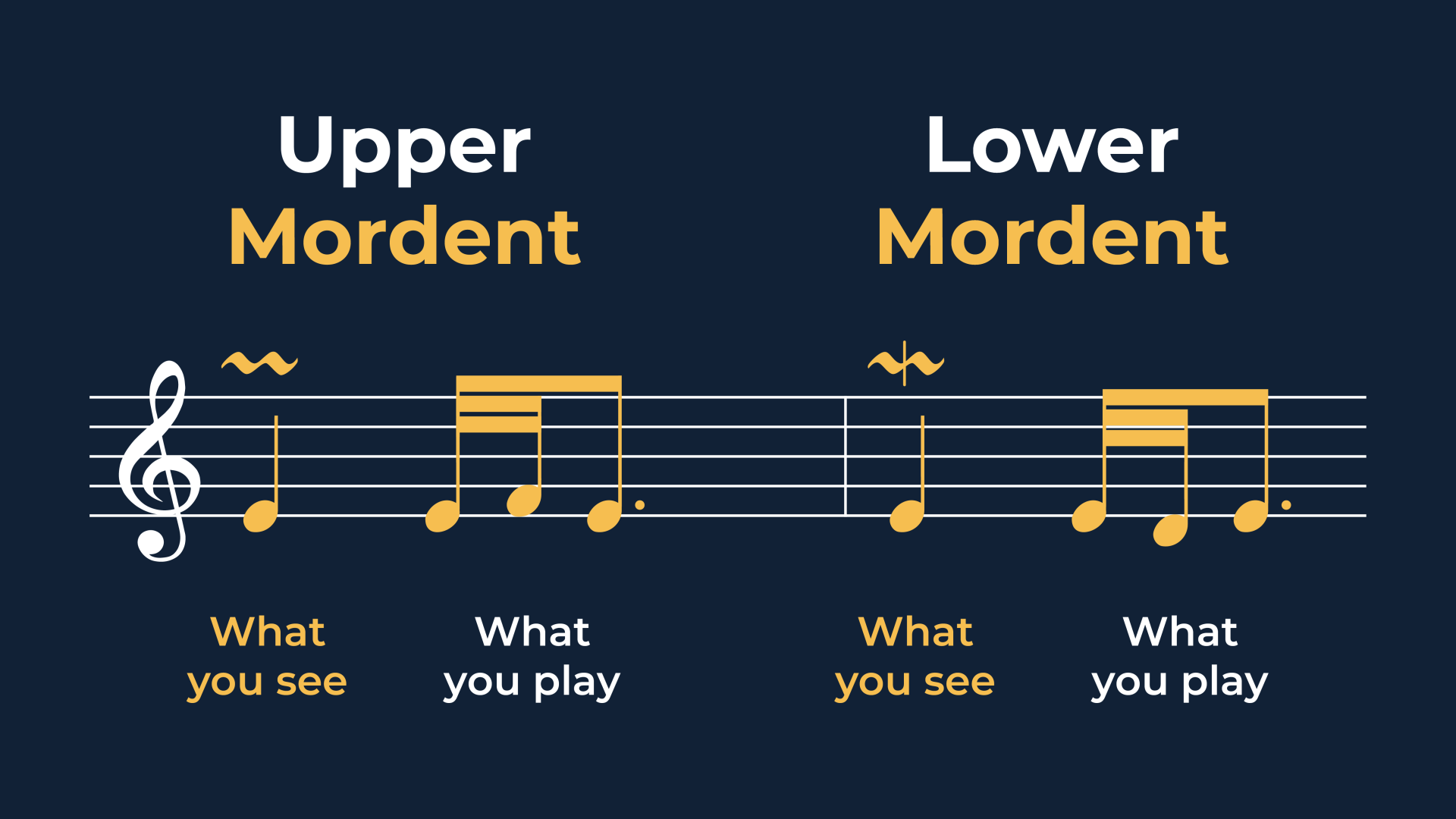
Slur

Staccato

Tenuto

Tremolo
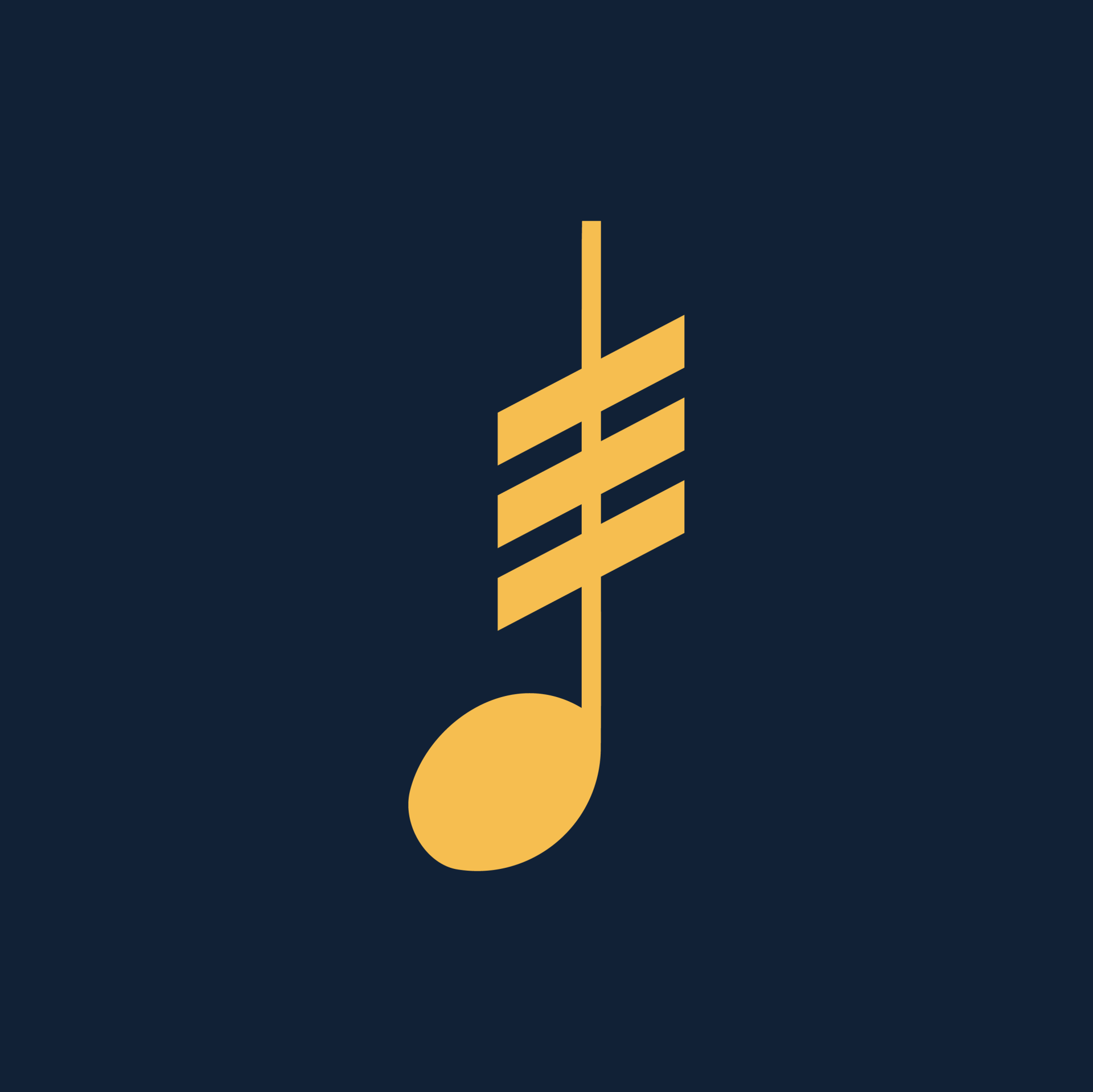
Trill (tr)
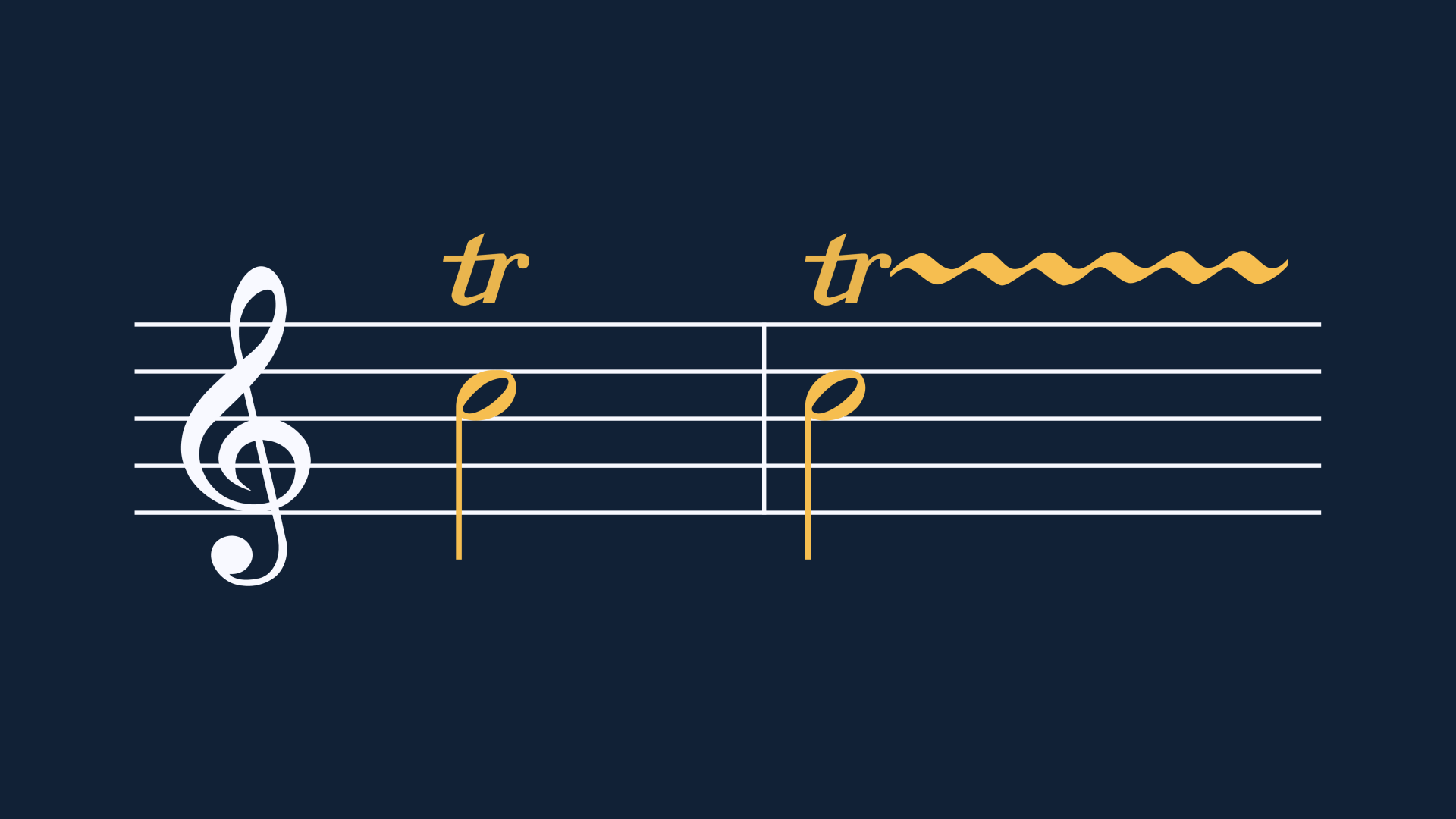
Turn

Form Symbols
Coda

Repeat Sign


Pages
-
Home
-
About Us
-
Course
-
Book & Products
-
Contact Us
-
Imprint

Pages
IMPRINT
Dechant Music Academy (DMA)
Head Office Hong Kong
3f Wing On Building, 232 Lockhart Road, Wan Chai
Registered Court: Inland Revenue Department Wan Chai, Hong Kong
VAT-ID: 55468457
Email: info@dechantmusicacademy.com
German Warehouse Address
Grosse Str. 42, 49424 Goldenstedt-Lutten
Registered Court: Finanzamt Neukoelln, Thiemannstr. 1 , 12059 Berlin, Germany
USt-Id-Nr: DE356323103
Phone: +49 (0) 162 977 1308
Email: info@dechantmusicacademy.com
Managing Director
Irina Dechant - CEO & Founder DMA
IMPRESSUM
Vorsitzenderin: Irina Dechant
Hauptsitz Hong Kong
3f Wing On Building, 232 Lockhart Road, Wan Chai
Registriert bei: Inland Revenue Department Wan Chai, Hong Kong
VAT-ID: 55468457
Email: info@dechantmusicacademy.com
Deutsche Warenhausadresse
Grosse Str. 42, 49424 Goldenstedt-Lutten
Registriert bei: Finanzamt Neukoelln, Thiemannstr. 1 , 12059 Berlin
USt-Id-Nr: DE356323103
Mobile: +49 (0) 162 977 130886
Email: info@dechantmusicacademy.com

